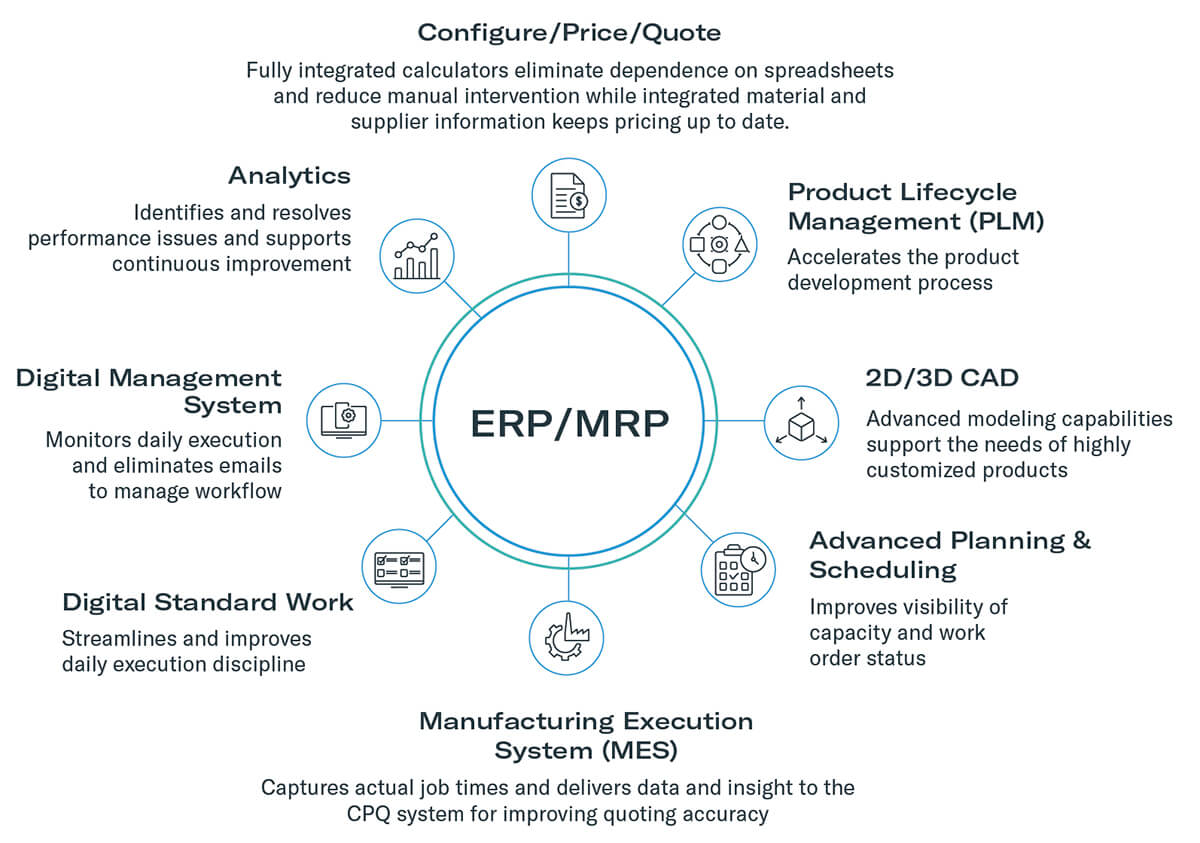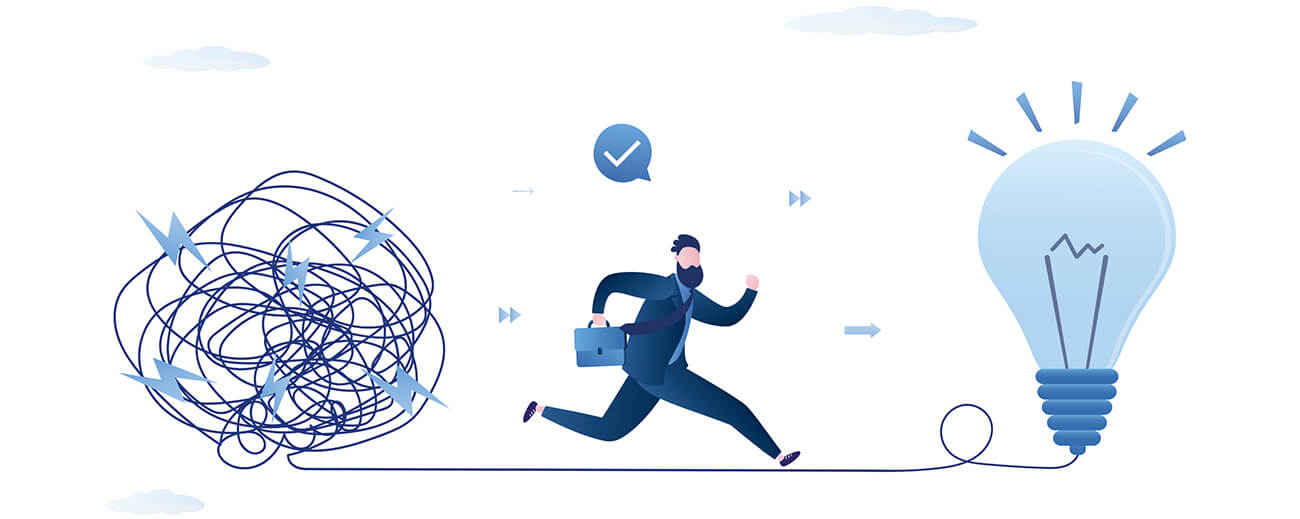Turn margin erosion into margin gains.
When a significant amount of configuration exists in your business, it can be extremely challenging to talk about time and money with any degree of accuracy, especially early in the process. We worked with one engineer-to-order manufacturer that was dealing with just such a problem. Due to the high degree of complexity and customisation inherent in its processes, the organisation’s leaders were struggling to understand and manage the profitability of the company’s highly customised products. Ultimately, what this manufacturer needed was correct, consistent, and usable data related to all the steps and resources at play it its processes, along with the systems that could ensure access to those insights all across the organisation.
To get there, we helped the company embark on a six-step Lean 4.0 journey. The goals included:
- Establishing the master data
- Creating simplified and connected systems to ensure usability of the data
- Aligning lean business processes around the systems and workflow to help eliminate any efficiencies that could creep in and eat away at margins during the process
While the organisation is in the early phases of the journey, company leaders can clearly see the finish-line: an end to margin erosion and a 15% gain in operating margin. These benefits are driven by better insights for quoting accuracy, better processes for greater efficiency, and $7 million in improvements that can be realised over a 3.5-year period.
Here’s what the journey looks like:
- Assess operations: We took an end-to-end look at everything involved in the company’s processes. The goal was to define requirements and baseline performance for each step and to begin gathering the master data and putting accurate standards in place for labour, machine times, and materials that can be used to improve quoting.
- Assess IT infrastructure: In addition to manual and physical steps in the process, we looked at the systems involved. The company was using at least 35 different offline systems to run the business, including Microsoft® Excel spreadsheets and email, leading to a lot of inaccessible and out-of-date information. Despite all these systems, a great deal of manual intervention was happening behind the scenes and associates were spending more than 30% of their time dealing with these workarounds and chasing information. These inefficiencies, mostly untracked, were driving up costs and heavily contributing to margin erosion.
- Define the right Industry/Lean 4.0 solutions: We defined a future state to take the company from 35 disassociated systems to nine associated systems that will streamline, expedite, and improve all aspects of the process.

- Create the roadmap and business case and define the quick wins: We helped the company’s leaders evaluate specific technologies for each component of the recommended system by presenting good, better, best options along with the costs and benefits of each. We highlighted pieces of the system that can be stood up quickly so the company can begin generating results right away. Overall, we helped the company identify up to $7 million in benefits that can be realised over a 3.5-year period, including:
- Eliminating manual processes and non-associated offline tools
- Reducing time spent searching for information and components
- Reducing touches per enquiry through process automation • Improving scheduling and execution of schedules
- Improving drawing standards and reducing time to figure out complex drawings
- Increasing understanding and resolution of performance issues including labour and material variances
- Identify and implement change management and business process requirements. To support the transition to Lean 4.0, the company will need to think through the necessary updates to its business processes. And it will have to roll out the changes in a way that ensures they can be adopted successfully by all members of the organisation.
- Create stakeholder buy-in. Of course, no major transition in the way business is conducted can succeed without the support of critical stakeholders. Companies that embark on such a journey need a plan for educating decision makers and key players, so they fully understand the business case and are on board with the goals and objectives of the project.
Start making the money you plan to make on highly customised products.
If, like many configure-to-quote, engineered-to-order, and assemble-to-order businesses, you struggle with margin erosion that happens between quoting and final production, the keys to turning loses into gains lie in Lean 4.0. With better data, end-to-end connectivity, and lean processes that eliminate waste, it’s possible to protect and even significantly improve your margins. What you quote and promise to customers becomes what you ultimately deliver. And you can confidently plan on achieving the profitability that will help your business grow.
To learn more about how Lean 4.0 protects against margin erosion in the quote to cash process, read our full article, 3 Ways to Stop Margin Erosion in Your Engineered-to-Order Business.





